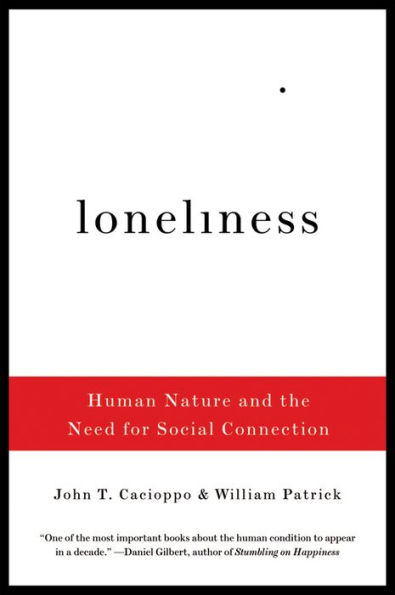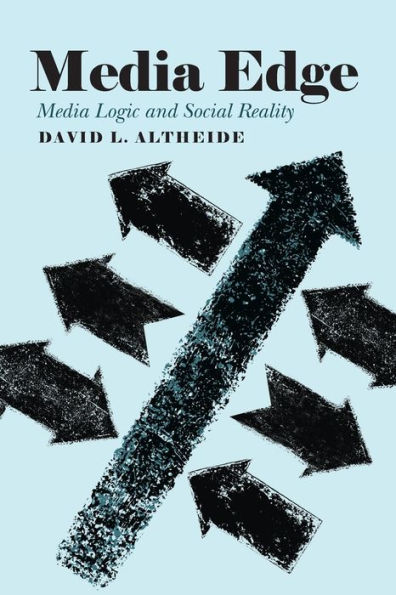Home
Stampede Theory: Human Nature, Technology, and Runaway Social Realities
Barnes and Noble
Stampede Theory: Human Nature, Technology, and Runaway Social Realities
Current price: $99.95


Barnes and Noble
Stampede Theory: Human Nature, Technology, and Runaway Social Realities
Current price: $99.95
Size: Paperback
Loading Inventory...
*Product information may vary - to confirm product availability, pricing, shipping and return information please contact Barnes and Noble
Stampede Theory: Human Nature, Technology, and Runaway Social Realities
explores the biological, evolutionary and technological systems that drive troubling patterns of behavior among groups while also proposing actions to combat harm. The book discusses different ways that living beings coordinate and how the emergence of communication technologies has changed behaviors. As the problem of echo chambers and misinformation grows, it is crucial to understand underlying causes and provide solutions—this book does just that by pulling from multiple fields to produce a coherent story about how social realities are created and how they can create resilient communities or reinforce damaging beliefs.
This interdisciplinary approach rests on three primary pillars: 1) How information systems affect the distribution of ideas, information, influence and belief; 2. Technology-mediated communication between individuals and groups, from stories pressed into clay tablets to “likes on social media; 3) The sociology of behavioral bias in groups ranging from teams to nations. Because of its interdisciplinary foundations, the book includes chapters that address behavioral economics, cults, artificial intelligence, and the individual psychology of belief. This will be a valuable resource for a range of readers, from political and social scientists to decision-makers in government and business, scientists in the fields of machine learning and AI, and more.
explores the biological, evolutionary and technological systems that drive troubling patterns of behavior among groups while also proposing actions to combat harm. The book discusses different ways that living beings coordinate and how the emergence of communication technologies has changed behaviors. As the problem of echo chambers and misinformation grows, it is crucial to understand underlying causes and provide solutions—this book does just that by pulling from multiple fields to produce a coherent story about how social realities are created and how they can create resilient communities or reinforce damaging beliefs.
This interdisciplinary approach rests on three primary pillars: 1) How information systems affect the distribution of ideas, information, influence and belief; 2. Technology-mediated communication between individuals and groups, from stories pressed into clay tablets to “likes on social media; 3) The sociology of behavioral bias in groups ranging from teams to nations. Because of its interdisciplinary foundations, the book includes chapters that address behavioral economics, cults, artificial intelligence, and the individual psychology of belief. This will be a valuable resource for a range of readers, from political and social scientists to decision-makers in government and business, scientists in the fields of machine learning and AI, and more.

















